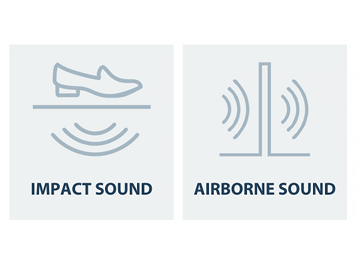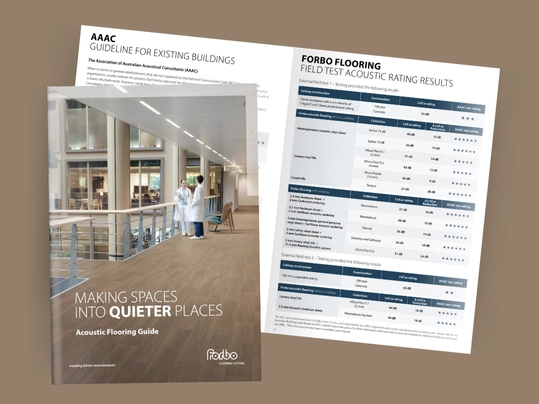What are the acoustic requirements for floors in Australia?
When designing or renovating multi-level residential buildings, managing sound between floors is essential for comfort, privacy, and compliance. In Australia, acoustic requirements for flooring focus on limiting impact noise - the sound caused by footsteps, dropped objects, or furniture movement.
The two main standards that guide acoustic performance for floors are:
1. The National Construction Code (NCC) – sets the minimum requirements for new builds.
2. The AAAC Star Rating System – offers a voluntary guideline for achieving higher levels of acoustic comfort, particularly in refurbishments or premium developments.



